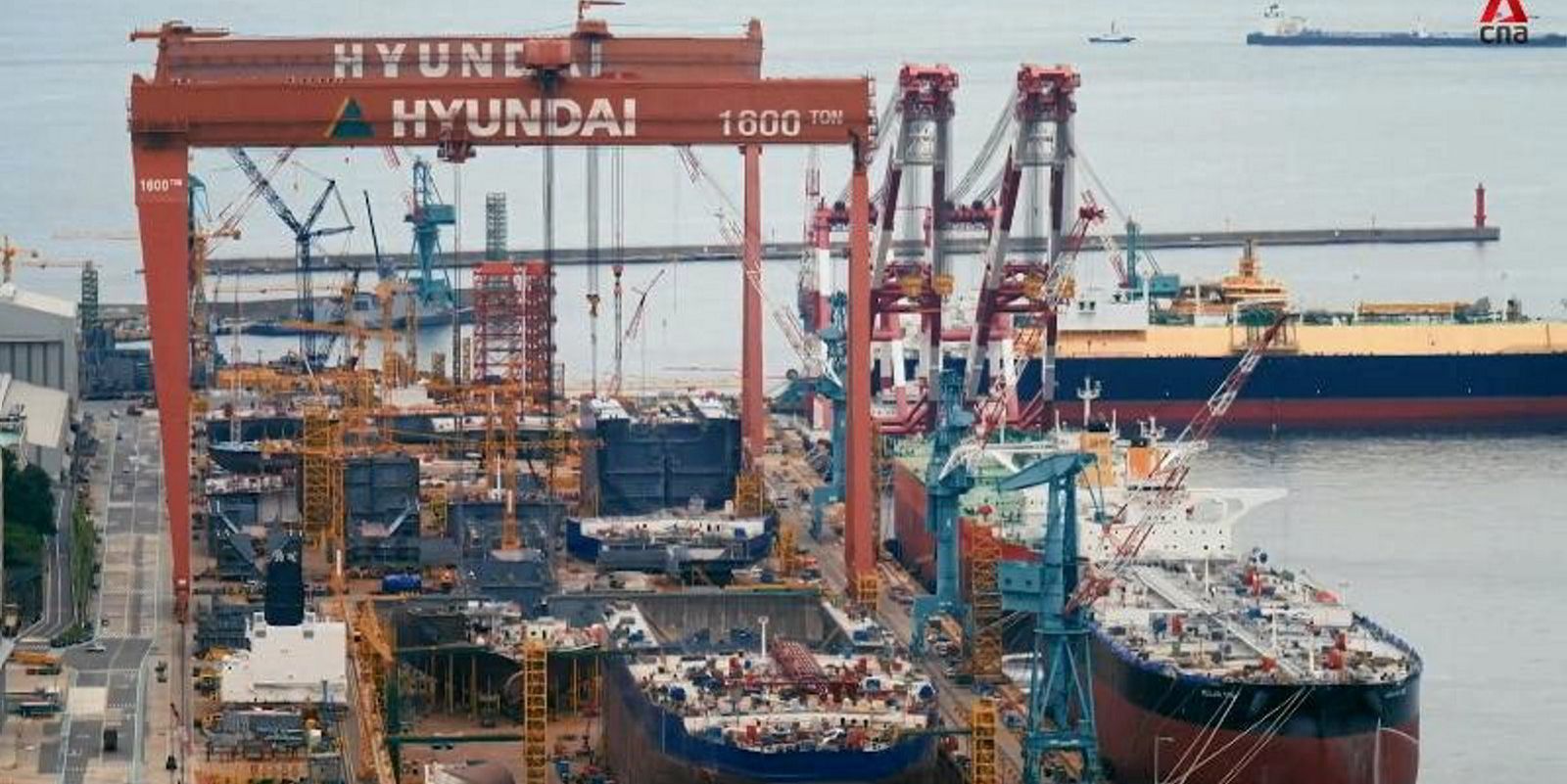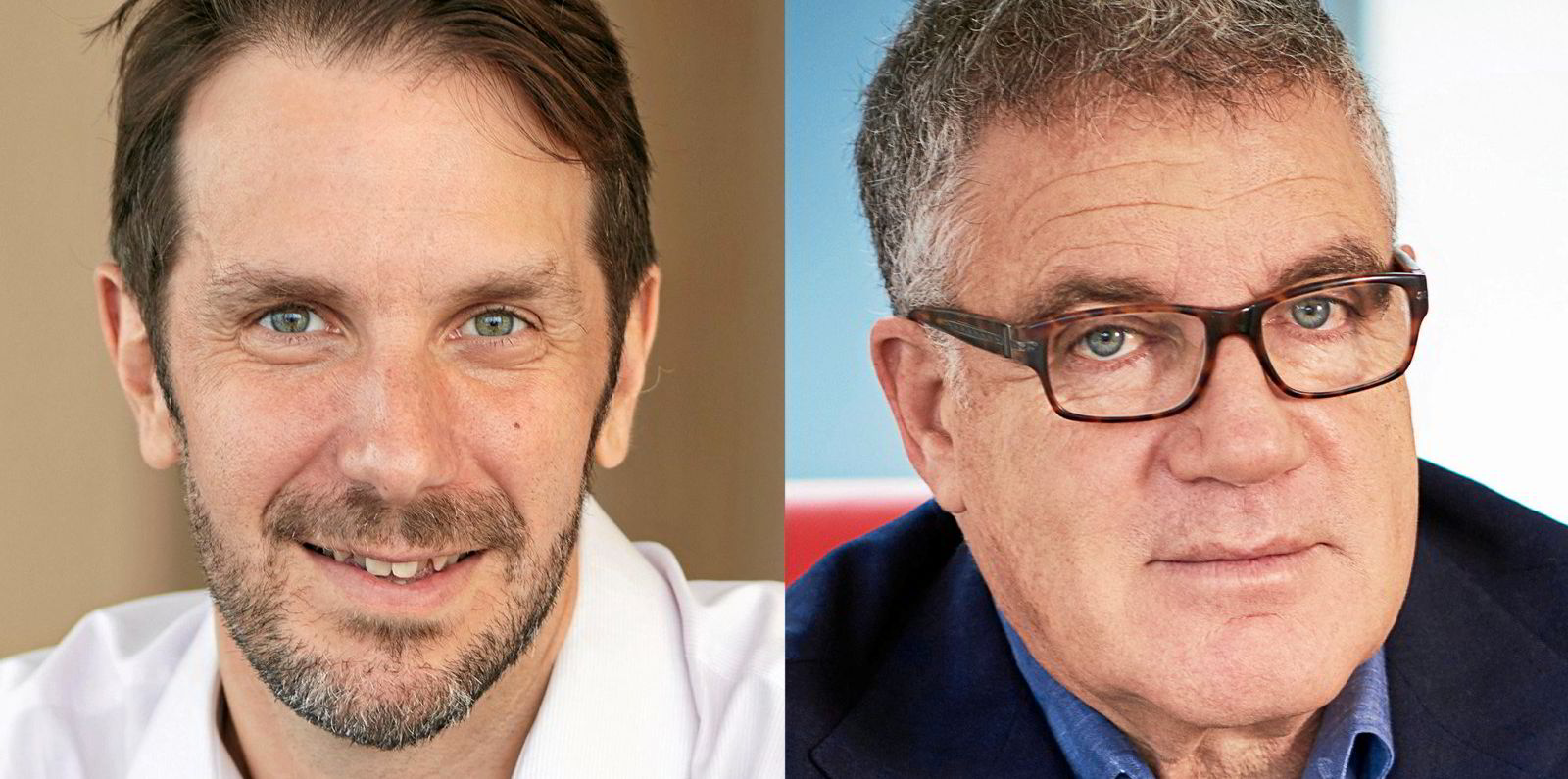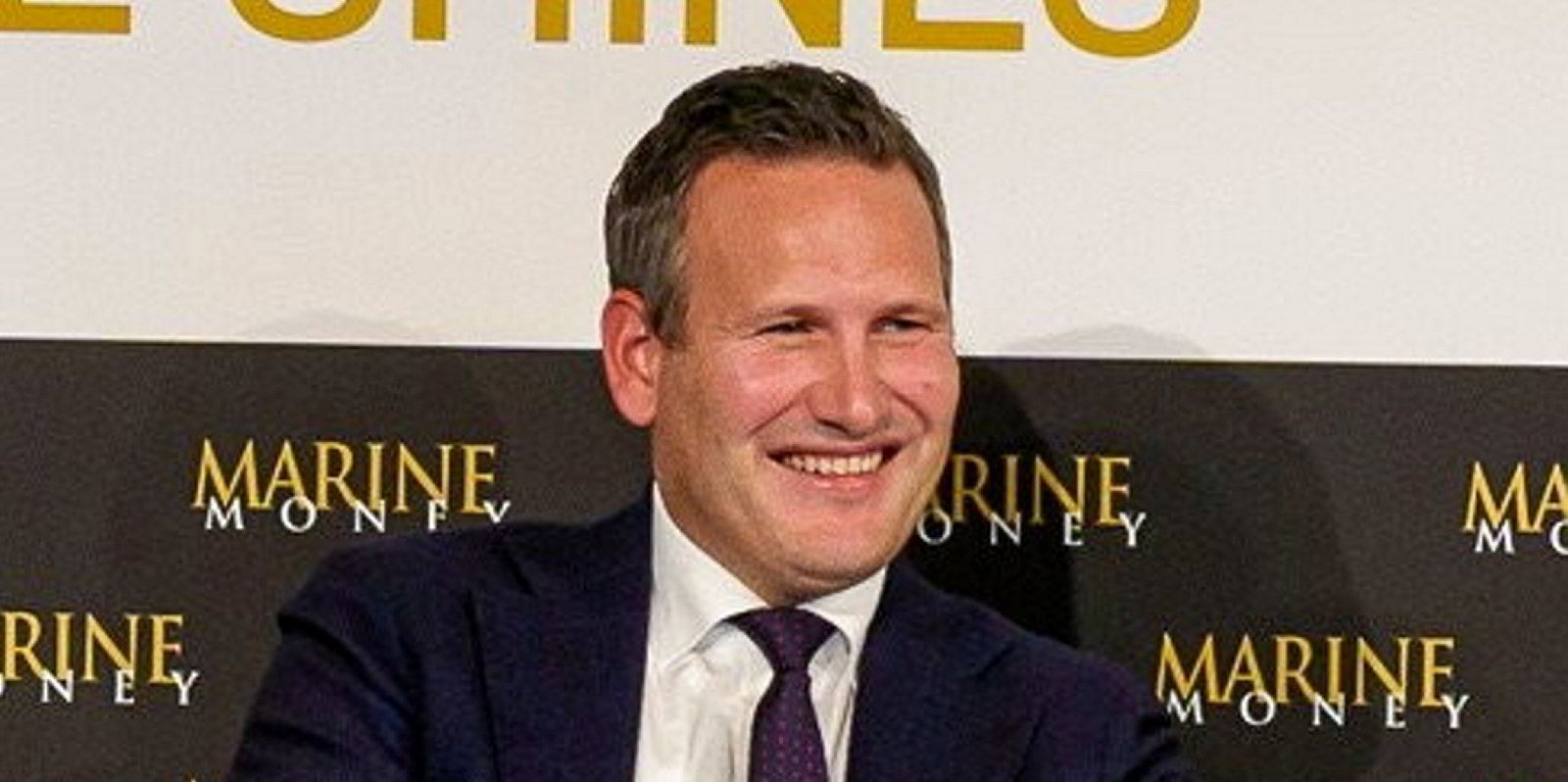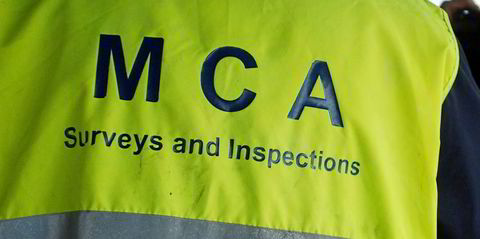Idan Ofer’s Eastern Pacific Shipping is backing what it sees as a strong outlook for ammonia and LPG by growing its gas fleet with another order for a new breed of VLGCs at a South Korean shipyard.
TradeWinds learned that the company is closing in on an order for four LPG dual-fuel VLGCs — dubbed very large ammonia carriers (VLACs) — that will be able to carry a full load of ammonia or LPG.
Sources said these four newbuildings will cost more than $110m apiece. The 33% hike in the shipbuilding price is due to the strong market coupled with global inflation, rising wages, material costs and vessel specifications.
Shipbuilding sources following the Singapore-based company’s activities said it is returning to Hyundai group to order the large LPG carriers, which are set for delivery in 2027.
“We understand these are 88,000-cbm vessels and the gas carriers will be built by Hyundai Heavy Industries,” a shipbuilding source said. “The newbuilding contract will be inked imminently.”
It is not known if Eastern Pacific is ordering the VLGCs speculatively or against charter contracts.
The last time Eastern Pacific ordered VLGCs at Hyundai was in 2021, when it signed up for two fully refrigerated, 86,000-cbm LPG-fuelled newbuildings against charter contracts with Trafigura.
Mokpo-based Hyundai Samho Heavy Industries is constructing these two gas carriers and soon will be delivering the pair — to be named Logan Explorer and Nirvana Explorer. Eastern Pacific was reported to have paid $82.25m each for the panamax-beam VLGCs.

Officials at HHI and Eastern Pacific declined to comment on the companies’ shipbuilding activities when contacted.
Ofer’s rapidly growing shipowning company has already tangled with this new type of VLGC.
In April, Eastern Pacific struck a deal with China’s Jiangnan Shipyard for four 93,000-cbm newbuildings.
These large gas carriers, which can be powered by LPG or very low-sulphur fuel, are able to carry LPG and liquefied ammonia gas at the same time. The ship can also carry a full load of ammonia — with Eastern Pacific and Jiangnan naming the ship type as a VLAC.
Those four newbuildings — reported to cost more than $100m each — are scheduled to be delivered between 2026 and 2027.
Eastern Pacific is a relative “newcomer” to the VLGC sector. In 2019, it made its debut in the business by acquiring three 2009-built secondhand ships — the 60,243-cbm Helsinki (ex-George N), Denver (ex-Ernest N) and Tokyo (ex-Jenny N).
The company then went on to order the two VLGCs at Hyundai Samho in 2021.
Last year, Eastern Pacific commissioned Samsung Heavy Industries to build two 88,000-cbm VLGCs that were able to load LPG and ammonia simultaneously.
The deal was SHI’s first-ever VLGC newbuilding contract. Eastern Pacific, which paid around $95.5m each for the LPG dual-fuelled vessels, will be taking delivery of them in September and December 2025.
New trading patterns
Market players think Eastern Pacific may have ordered the four Jiangnan newbuildings on speculation as the market fundamental for VLGCs is strong due to growing Asian demand for LPG. US production of LPG is also set to increase because of the war in Ukraine.
“The ammonia trade will come into play from 2026 onwards,” the gas player said. “There will be new trading patterns opening up for VLGC business.”
Ralph Leszczynski, global head of research at Banchero Costa, said ammonia is one of the fuels being considered as a replacement to coal, oil and gas as the world moves towards decarbonisation.
“Ammonia can be used as fuel for ship engines but also more widely for power generation and, thus, in the future replace coal and LNG in the world’s energy mix,” Leszczynski said.
“It’s one of the alternatives, together with things like methanol and of course renewable energy ... ammonia has been traded and transported in the past, but in limited volumes for the fertiliser industry. If it is adopted more widely as a direct fuel — for ships and/or power plants — then the demand for ammonia will skyrocket.”






